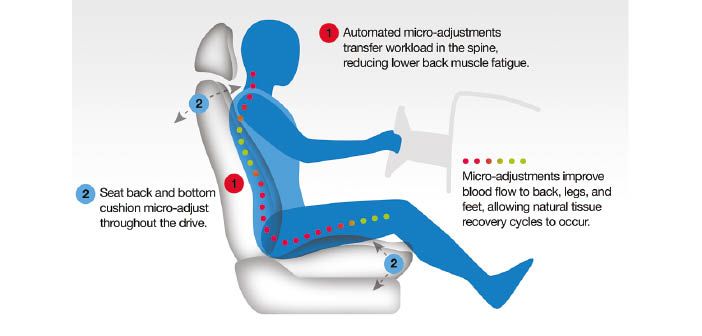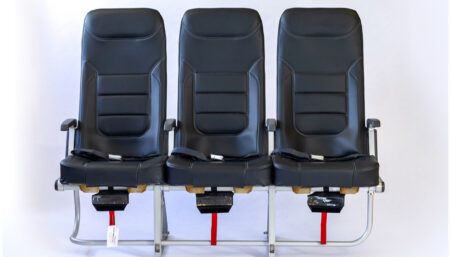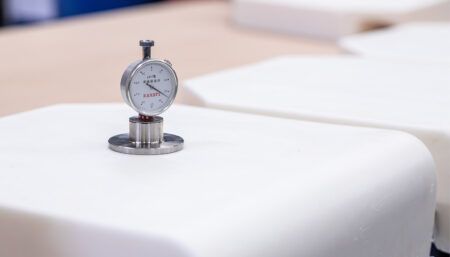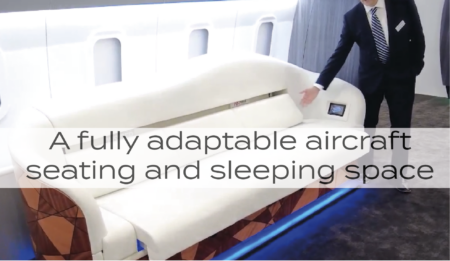Car manufacturer Mercedes-Benz is the first to implement Comfort Motion Global’s Motion Seating technology, under the branding Energizing Seat Kinetics. Following extensive testing of the technology and consumer acceptance, Mercedes-Benz introduced Energizing Seat Kinetics in its new memory seats on GLE, GLS, A- and B-Class vehicles.
Comfort Motion Global says the Motion Seating technology is based on years of biomechanical testing and medical research. It is designed to reduce occupant fatigue by making automated, micro-adjustments to seats. The technology can be programmed into memory seats and can additionally actuate any other seat system, such as lumbar support, bolsters, heating and cooling, and massage functions.
Comfort Motion Global’s chief medical officer and director of research and development is Dr Paul Phipps, a chiropractor. “Specialising in human performance biomechanics, I had worked extensively with professional athletes, helping them to create structural balance, increased flexibility and greater stability,” said Phipps. “I realised these same principles could be applied to helping improve driver and passenger wellness for those spending repetitive or extended periods of time sitting in a car.”
“We then engaged with engineering and biomechanical labs at leading universities in order to validate our technology,” he continued. “Once our theories proved out scientifically, we formed our company, Comfort Motion Global, with the goal of increasing driver alertness and wellness, and eliminating the harmful effects of sitting, thereby supporting a healthier lifestyle for drivers and passengers.”
The company says Motion Seating differs from massage seating in that it is a proactive technology, designed to pre-empt tissue fatigue and reduce related discomfort, rather than react to it. The system, controllable by the user via touchscreen, is a flexible software solution where the seatback and bottom cushion micro-adjust over time throughout the drive.
These adjustments collectively redistribute the occupant’s weight in the seat, continuously transferring compressive and shear stresses to new and different tissues. With each small motion (1° or less), it transfers the workload in the spine and supporting muscles to a new area. The company says this allows the natural tissue recovery cycles to occur.
Comfort Motion Global also says its solution doesn’t require the additional hardware needed to implement massage technology – such as mechanical rollers and pneumatic bladders.





